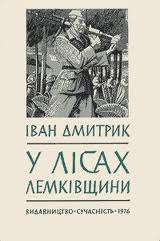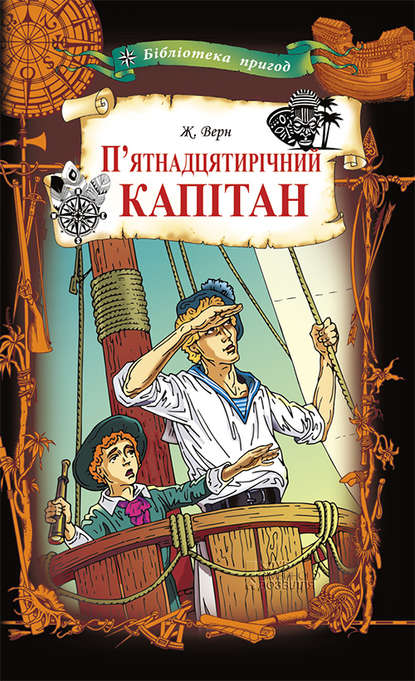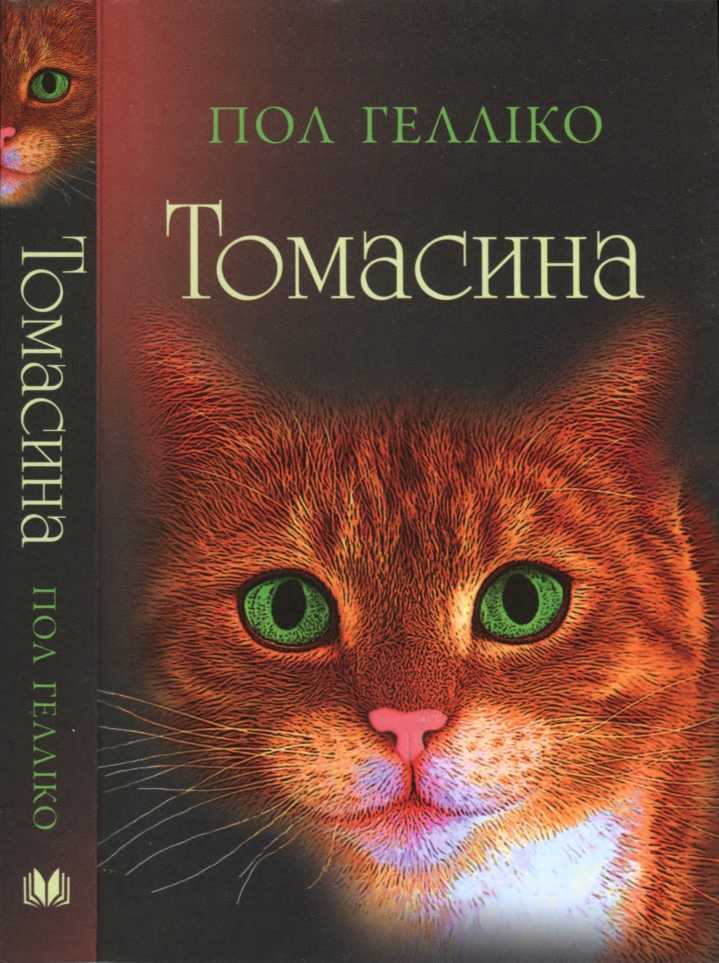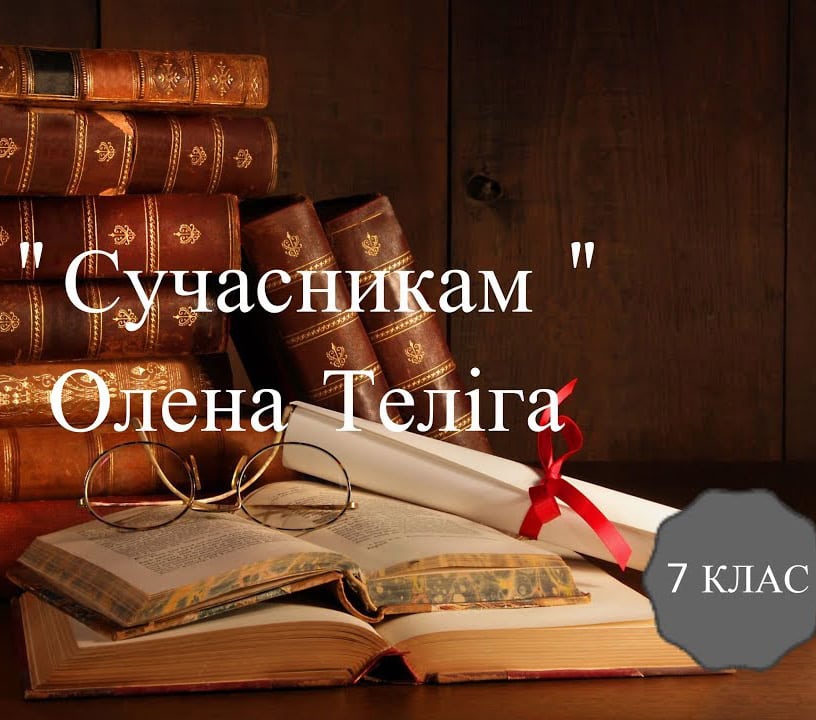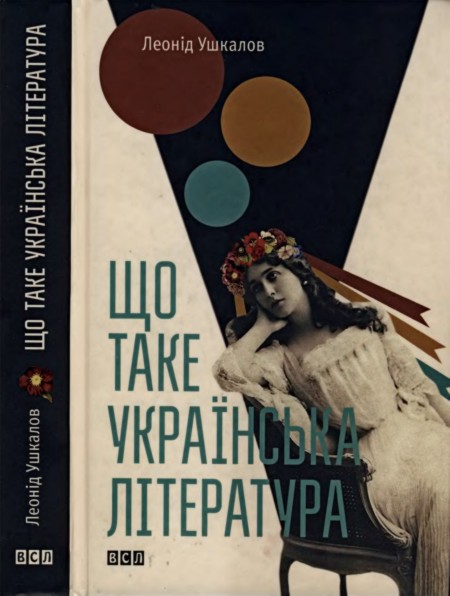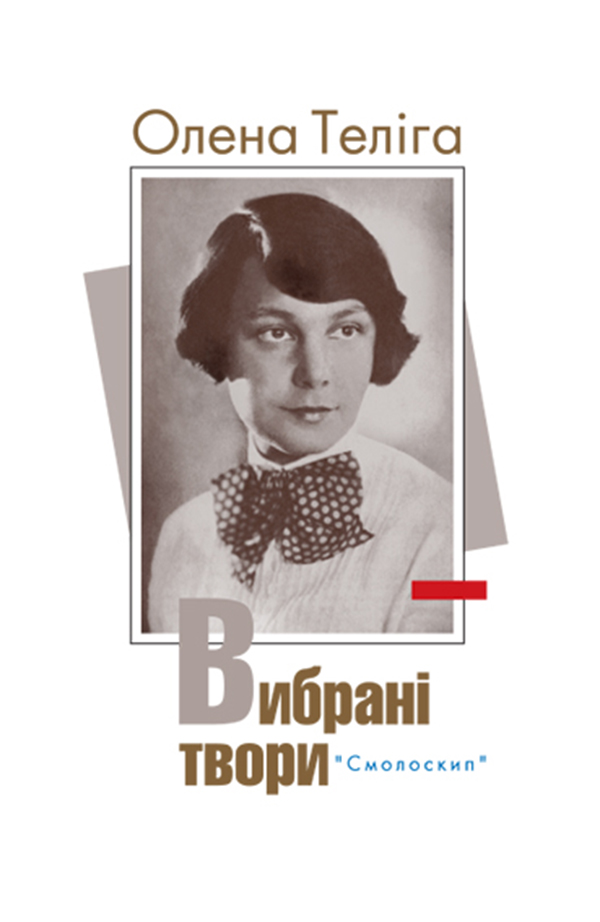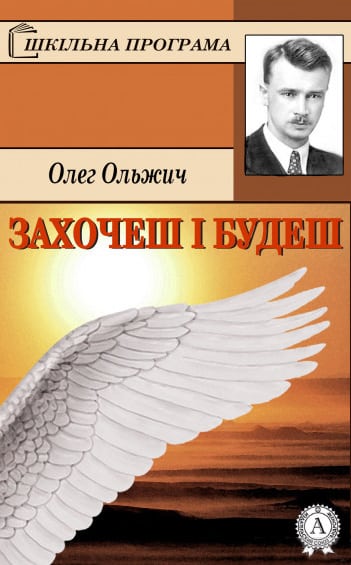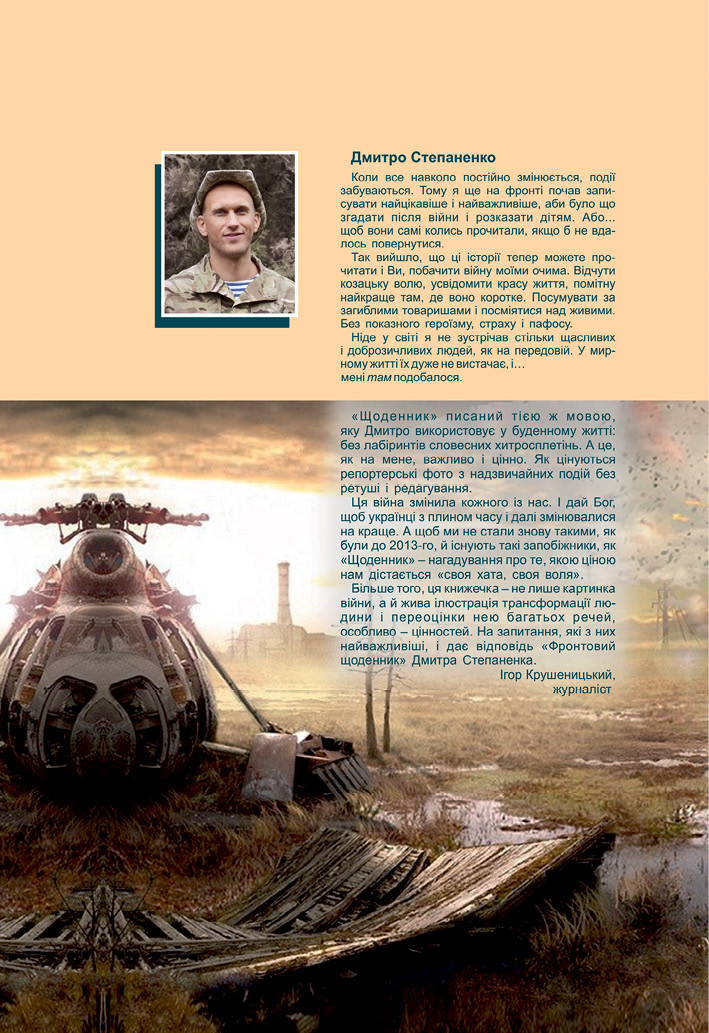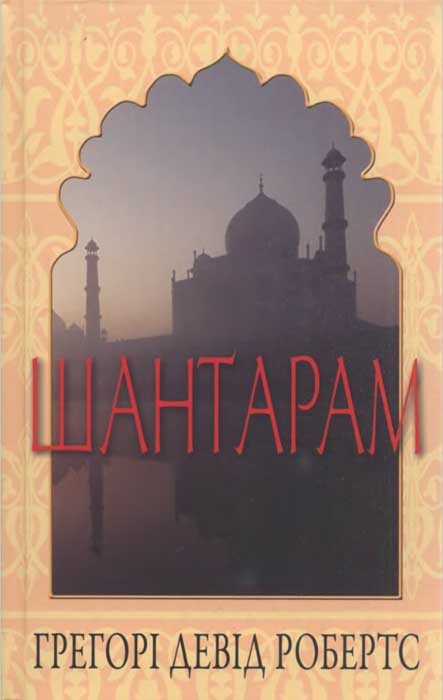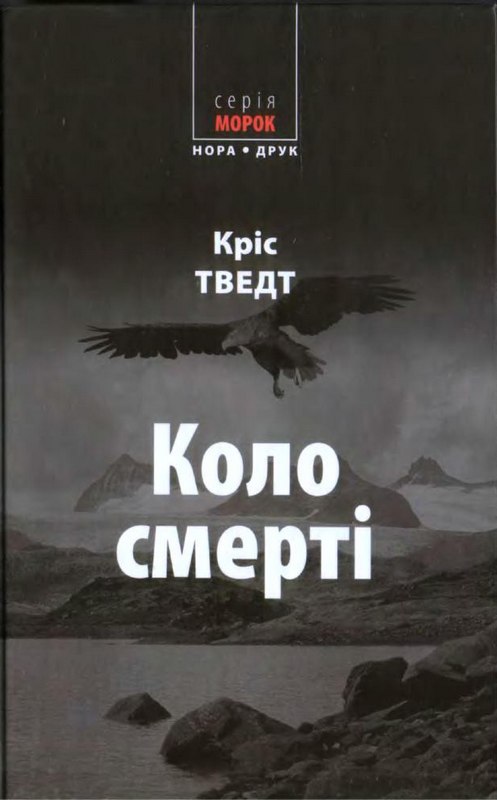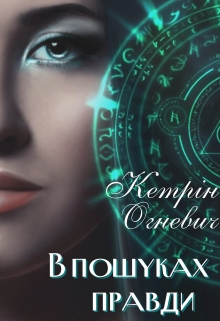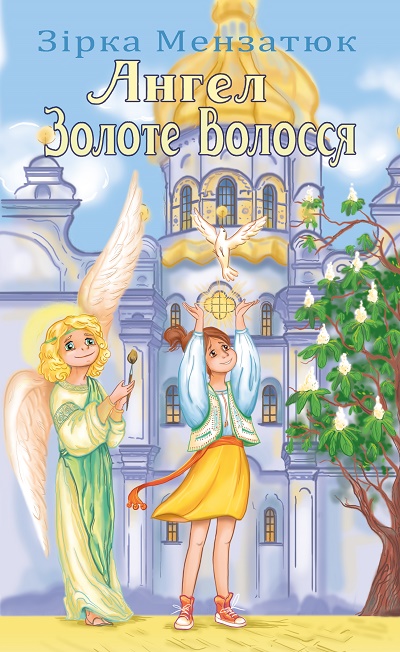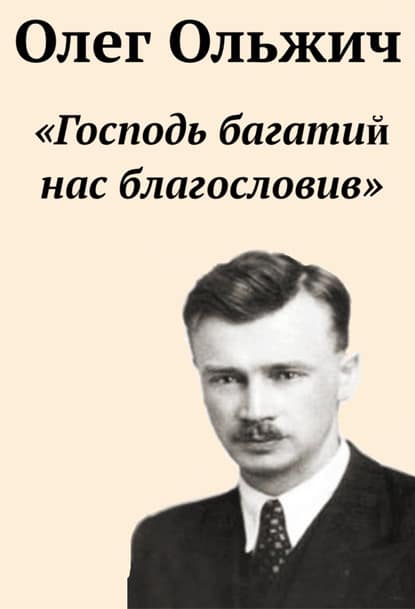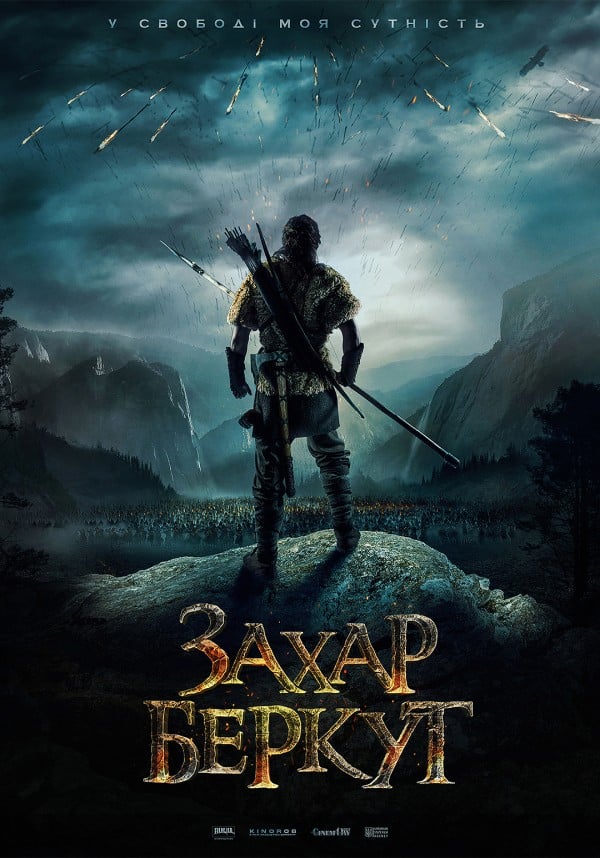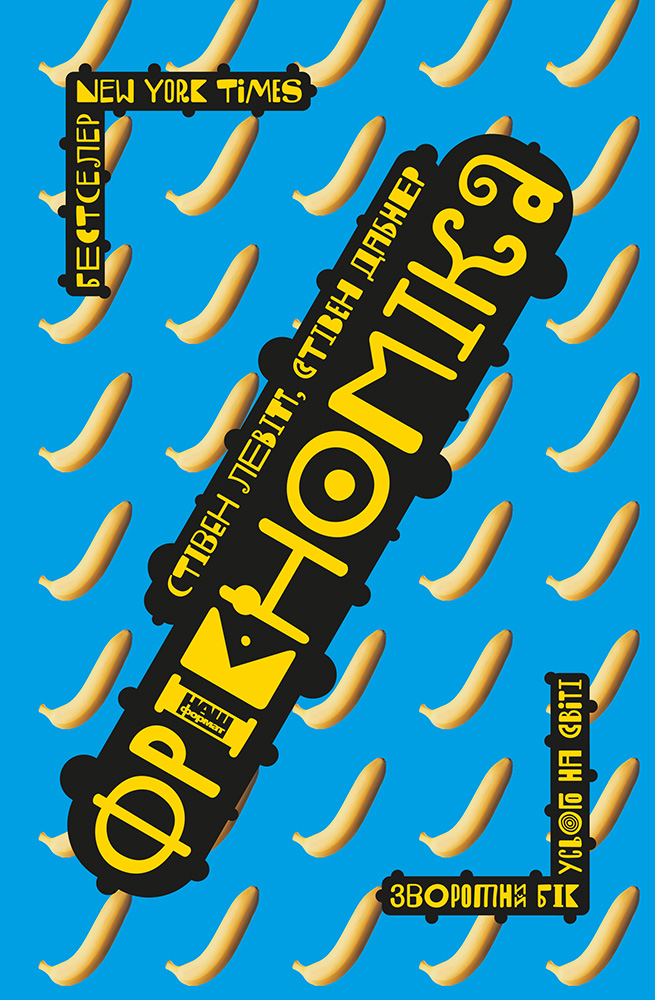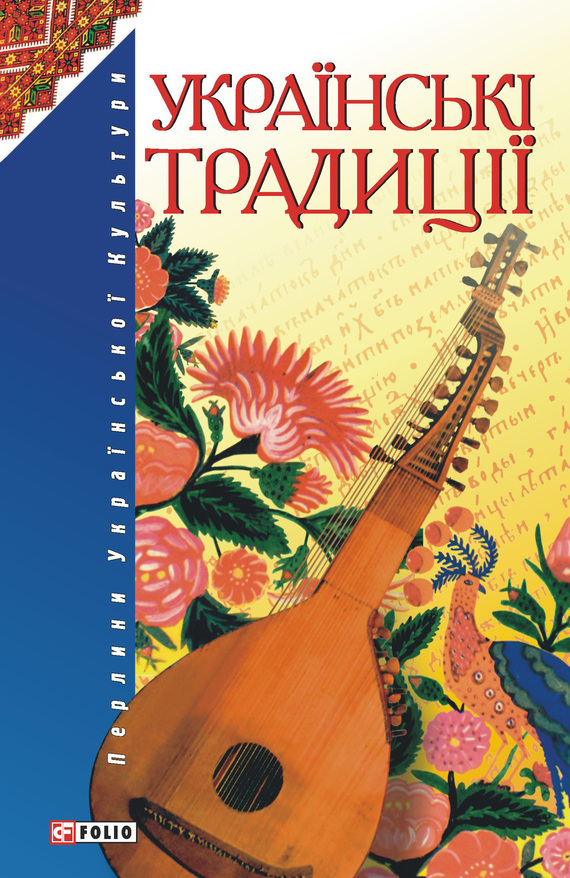Читати книгу - "Genghis Khan and the Making of the Modern World"
Шрифт:
Інтервал:
Добавити в закладку:
PART III
The Global Awakening:
1262–1962
Asia is devouring us. Tartar faces in every direction you look.
THOMAS MANN,
The Magic Mountain
8
Khubilai Khan and the
New Mongol Empire
This Great Khan is the mightiest man, whether in
respects of subjects or of territory or of treasure.
M
ARCO
P
OLO
KHUBILAI KHAN’S GENIUS DERIVED from his recognition that he could not conquer all of China by mere force, no matter how large his army or sophisticated his weapons. Even without the military skills of his grandfather, he had clearly outsmarted everyone in his family. He possessed a keen strategic talent and the ability not merely to have good ideas but to implement them as well; he applied these skills to the management of his territory and, most important, to its expansion toward the south. In the end, he proved able to achieve through public politics what his grandfather had not been able to achieve through brute force—the conquest and unification of all China, the most populous country on earth. He won over the population by skillful manipulation of public opinion, in which martial prowess was an important, but not exclusive, factor. He built a Chinese capital, took Chinese names, created a Chinese dynasty, and set up a Chinese administration. He won control of China by appearing to be more Chinese than the Chinese, or at least more Chinese than the Sung.
For most of its history, China had been a great civilization but not a unified country. While the educated elite shared a written language, classic texts, artistic styles, and other types of high culture, the common people spoke entirely different languages in a constantly changing mosaic of national boundaries and temporary dynasties and ruling families. The educated elite clung to an unfulfilled dream of a united country with all people under a single government. Occasionally a leader or a family temporarily cobbled together several states and then offered, once again, the tantalizing hope of making a unified China a reality. In between these brief periods of unification, the concept of China lingered on as an ideal or a romantic image in the poetry, calligraphy, and essays of the Chinese intelligentsia.
Like no prior leader, Khubilai Khan offered these educated people the enticing opportunity to realize their nationalist desire. Despite his crude origin among steppe barbarians, he proved more capable of fulfilling that ancient dream than the Sung rulers. Everything he did seemed calculated to convince the Chinese people that Heaven had conferred its Mandate unmistakably on him alone, and, in due time, the old dynasty of the Sung would fall since it no longer had the necessary vitality.
Khubilai Khan seemed to recognize that he faced many of the same problems of his grandfather at the time of the original unification of the steppe tribes; namely, how to organize a large number of disparate people into a single cohesive political entity. Although Genghis Khan had faced the problem with a collection of tribes smaller than a hundred thousand each, Khubilai Khan faced the same problem with countries of many millions each. Like Genghis Khan two generations earlier, Khubilai Khan began the arduous process of state building around a core ethnic identity, but for Khubilai that core cultural identity would be Chinese, not Mongol. He had to win the loyal support of the Chinese people, and he had to rebuild or, in many cases, invent institutions to unify disparate people into a viable and strong working whole.
In his struggle for supremacy against his brother Arik Boke in 1260, Khubilai had taken a Chinese title that was a translation of a Mongol one, but in 1264 he modified his reign name to Zhiyuan or Chih-yuan, meaning “complete beginning,” and later in 1271, he used this to become the basis of the dynastic name of Da Yuan, meaning “great origins” or “great beginnings,” by which the Mongol dynasty became officially known in Chinese history. The new name meant not only a new beginning for his Chinese subjects, but it also signified a new beginning for his Mongol ones as well. Khubilai was no Genghis Khan, but he had embarked upon a venture no less daunting than his grandfather’s.
As emperor and founder of a new dynasty, Khubilai sought to sinicize his image and thereby make it not merely acceptable, but alluring, to his Chinese subjects. In 1263, Khubilai ordered the building of an ancestral temple for his family. He commissioned his ministers to conduct traditional Chinese ceremonies honoring the family’s ancestors, but, perhaps indicative of the usual Mongol reluctance to avoid anything associated with death, he personally stayed well away from them. By the following year, he erected a series of Chinese-style ancestral tablets to his ancestors. In 1277, after declaring the new Mongol dynasty, he posthumously conferred Chinese names on his ancestors and built a larger temple with eight chambers: one for the founders of the family, Yesugei Baatar and Hoelun, another for Genghis Khan, one for each of Genghis Khan’s four sons, and one each for Guyuk Khan and Mongke Khan. In the new official version of the family history, Jochi, whose family had been the most loyal ally to Khubilai’s lineage, was fully recognized as a legitimate family member. Just as Mongke had posthumously elevated their father, Tolui, to the office of Great Khan, Khubilai conferred the office of Chinese emperor on him. He ordered portraits made of all of them in Chinese style so that they looked more like Mandarin sages than Mongol warriors.
Khubilai acknowledged the utility of both a strong army and good propaganda, but the third element of his strategy came from good administration and policy. Without
!Увага!
Сайт зберігає кукі вашого браузера. Ви зможете в будь-який момент зробити закладку та продовжити читання книги «Genghis Khan and the Making of the Modern World», після закриття браузера.
